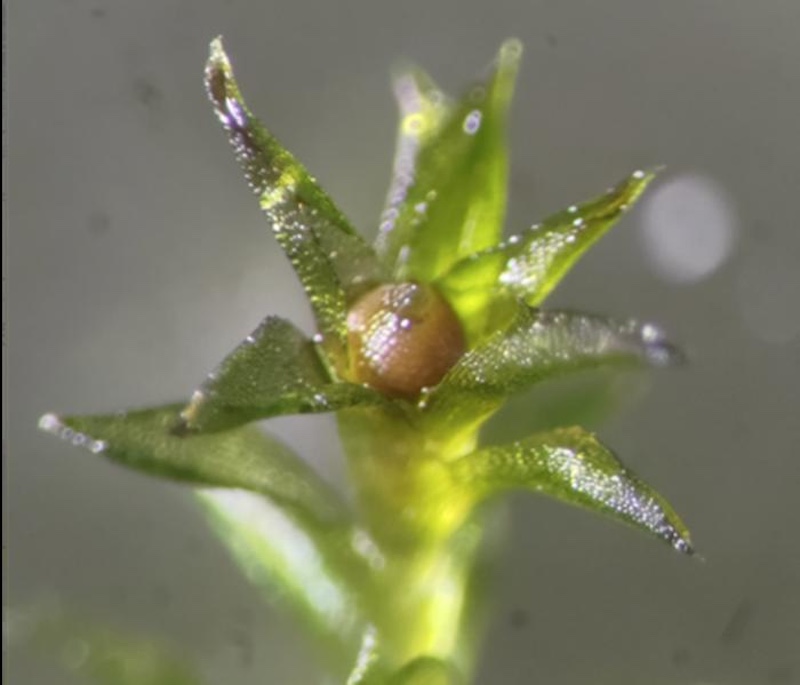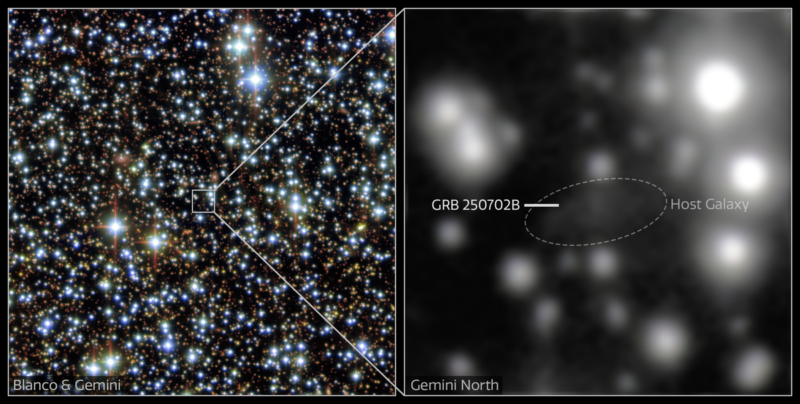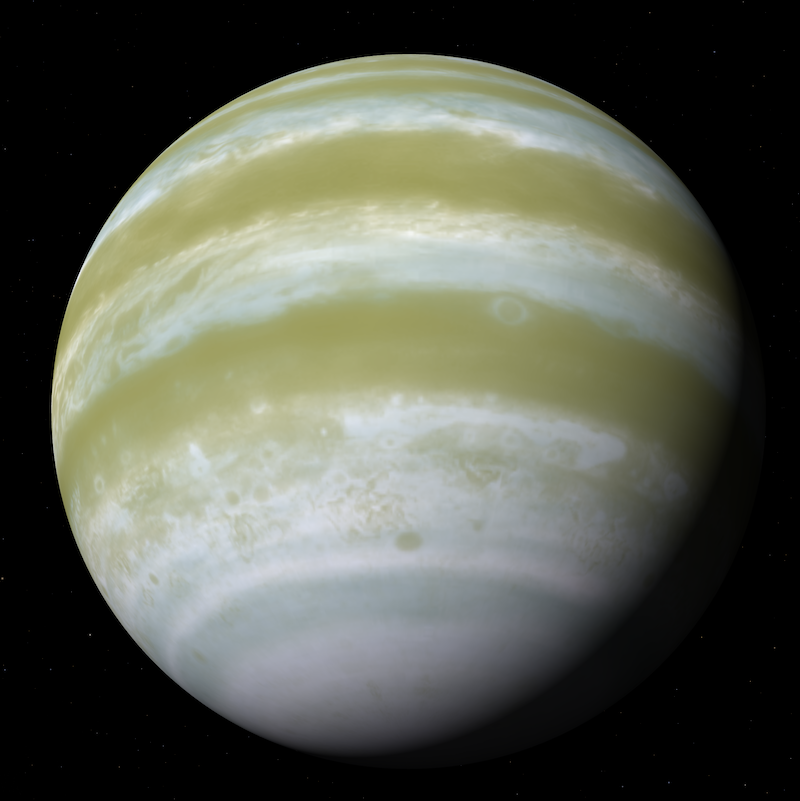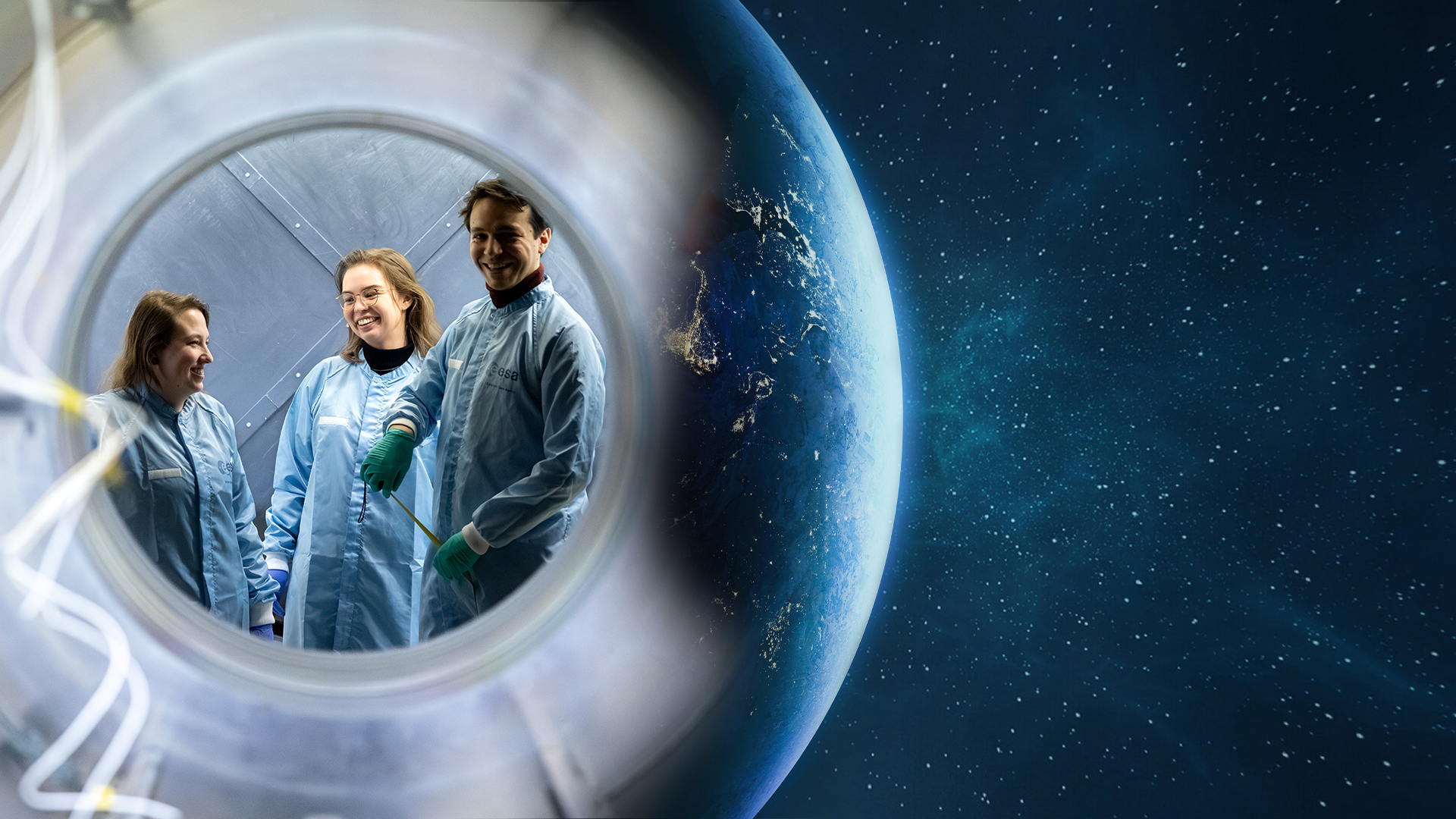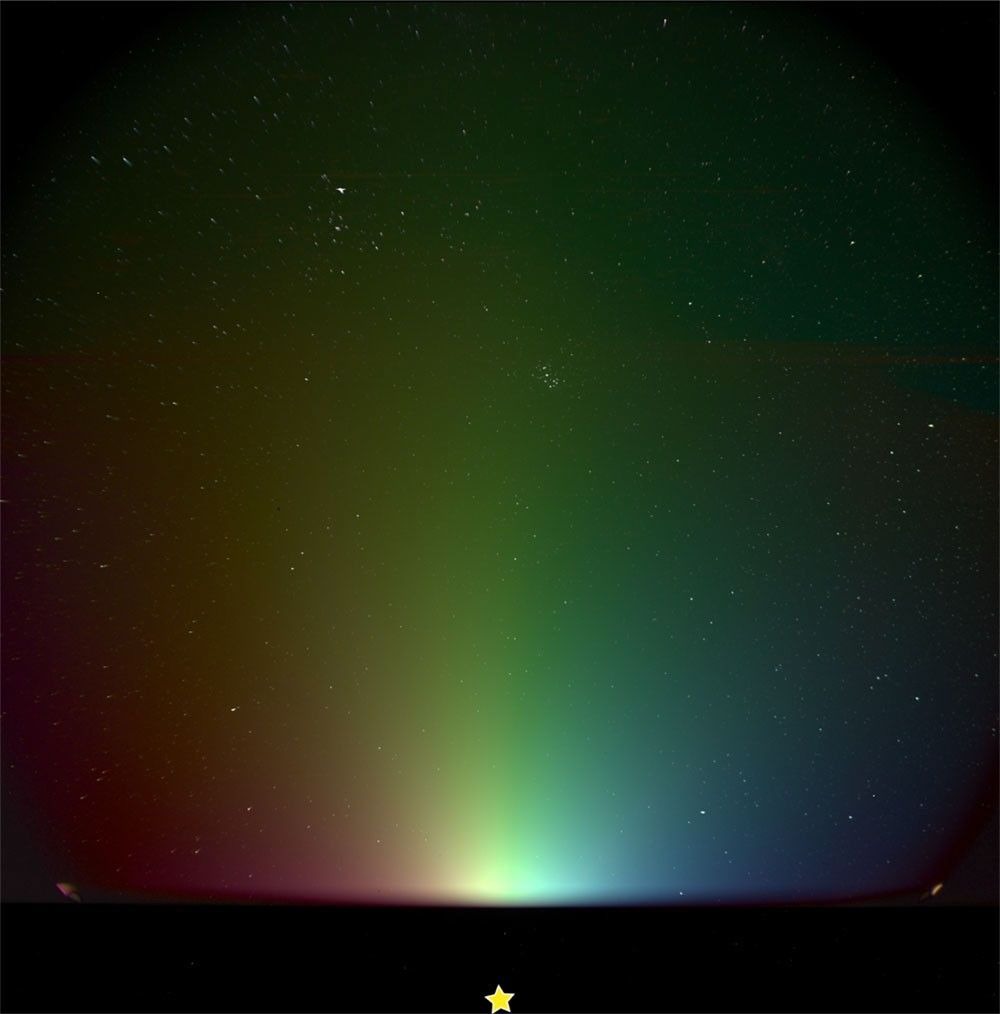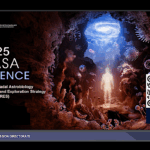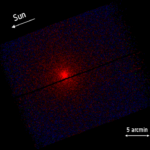Now Reading: Jupiter’s auroras caught on film. Watch here!
-
01
Jupiter’s auroras caught on film. Watch here!
Jupiter’s auroras caught on film. Watch here!
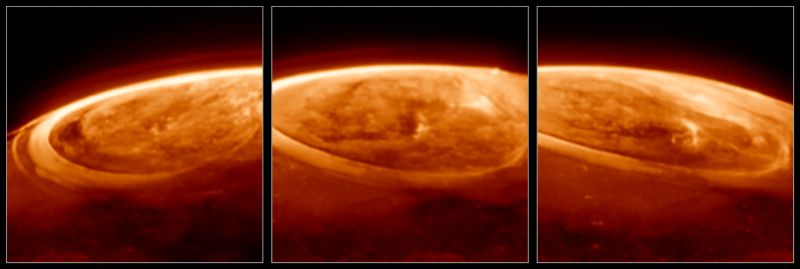
Watch a video showing the James Webb Space Telescope’s new discoveries surrounding Jupiter’s auroras. Video via NASA.
Science matters. Wonder matters. You matter. Join our 2025 Donation Campaign today.
- Webb watched Jupiter’s auroras flickering, fluctuating and undulating at the Jovian north pole.
- On Earth, auroras occur when energetic particles from the sun get funneled inward by our magnetic field and slam into the atmosphere near Earth’s poles.
- Jupiter auroras are on a grander scale. They’re both larger and hundreds of times brighter than Earth’s. See new video of Jupiter’s auroras from Webb.
NASA published this original article on May 12, 2025. Edits by EarthSky.
Jupiter’s auroras caught on film
NASA’s James Webb Space Telescope has captured new details of the auroras on our solar system’s largest planet. The dancing lights Webb observed on Jupiter are hundreds of times brighter than those on Earth. With Webb’s advanced sensitivity, astronomers have studied the phenomena to better understand Jupiter’s magnetosphere.
When high-energy particles enter a planet’s atmosphere near its magnetic poles and collide with atoms or molecules of gas, it creates auroras. On Earth, we call auroras the northern and southern lights.
Not only are the auroras on Jupiter huge in size, they’re also hundreds of times more energetic than those in Earth’s atmosphere. Earth’s auroras are caused by solar storms. When charged particles from the sun rain down on the upper atmosphere, they energize gases and cause them to glow in shades of red, green and purple.
Jupiter has an additional source for its auroras. The strong magnetic field of the gas giant grabs charged particles from its surroundings. This includes not only the charged particles within the solar wind but also the particles thrown into space by its orbiting moon Io. Io is known for its numerous and large volcanoes. In fact, Io’s volcanoes spew particles that escape the moon’s gravity and orbit Jupiter.
The sun releases a barrage of charged particles that also reaches the planet. Jupiter’s large and powerful magnetic field captures all of the charged particles and accelerates them to tremendous speeds. These speedy particles slam into the planet’s atmosphere at high energies. This excites the gas and causes it to glow.
New views from Webb
Now, Webb is providing new insights into the auroras on Jupiter. The telescope’s sensitivity allows astronomers to capture fast-varying auroral features. A team of scientists led by Jonathan Nichols from the University of Leicester in the United Kingdom collected new data from Webb’s Near-Infrared Camera on December 25, 2023. Nichols said:
What a Christmas present it was, it just blew me away! We wanted to see how quickly the auroras change, expecting them to fade in and out ponderously, perhaps over a quarter of an hour or so. Instead, we observed the whole auroral region fizzing and popping with light, sometimes varying by the second.
In particular, the team studied an emission from the trihydrogen cation (H3+), which auroras can create. They found this emission is far more variable than they previously believed. The observations will help develop scientists’ understanding of how Jupiter’s upper atmosphere heats and cools.
The scientists published their results on May 12, 2025, in the peer-reviewed journal Nature Communications.

Mysteries of Jupiter’s auroras
The team also uncovered some unexplained observations in their data. Nichols said:
What made these observations even more special is that we also took pictures simultaneously in the ultraviolet with NASA’s Hubble Space Telescope. Bizarrely, the brightest light observed by Webb had no real counterpart in Hubble’s pictures. This has left us scratching our heads. In order to cause the combination of brightness seen by both Webb and Hubble, we need to have a combination of high quantities of very low-energy particles hitting the atmosphere. This was previously thought to be impossible. We still don’t understand how this happens.
The team now plans to study this discrepancy between the Hubble and Webb data and to explore the wider implications for Jupiter’s atmosphere and space environment. They also intend to follow up this research with more Webb observations, which they can compare with data from NASA’s Juno spacecraft to better explore the cause of the enigmatic bright emission.
Bottom line: The Webb space telescope has captured video of Jupiter’s auroras, showing them popping, fizzing and moving at great speed. See the video here.
Source: Dynamic infrared aurora on Jupiter
Read more: Heatwave on Jupiter, from its aurora
Read more: Auroras on Jupiter’s moons seen in new light
The post Jupiter’s auroras caught on film. Watch here! first appeared on EarthSky.
Stay Informed With the Latest & Most Important News
Previous Post
Next Post
-
 012024 in Review: Highlights from NASA in Silicon Valley
012024 in Review: Highlights from NASA in Silicon Valley -
 02Panasonic Leica Summilux DG 15mm f/1.7 ASPH review
02Panasonic Leica Summilux DG 15mm f/1.7 ASPH review -
 03From Polymerization-Enabled Folding and Assembly to Chemical Evolution: Key Processes for Emergence of Functional Polymers in the Origin of Life
03From Polymerization-Enabled Folding and Assembly to Chemical Evolution: Key Processes for Emergence of Functional Polymers in the Origin of Life -
 04How New NASA, India Earth Satellite NISAR Will See Earth
04How New NASA, India Earth Satellite NISAR Will See Earth -
 05And Thus Begins A New Year For Life On Earth
05And Thus Begins A New Year For Life On Earth -
 06Astronomy Activation Ambassadors: A New Era
06Astronomy Activation Ambassadors: A New Era -
07SpaceX launch surge helps set new global launch record in 2024












